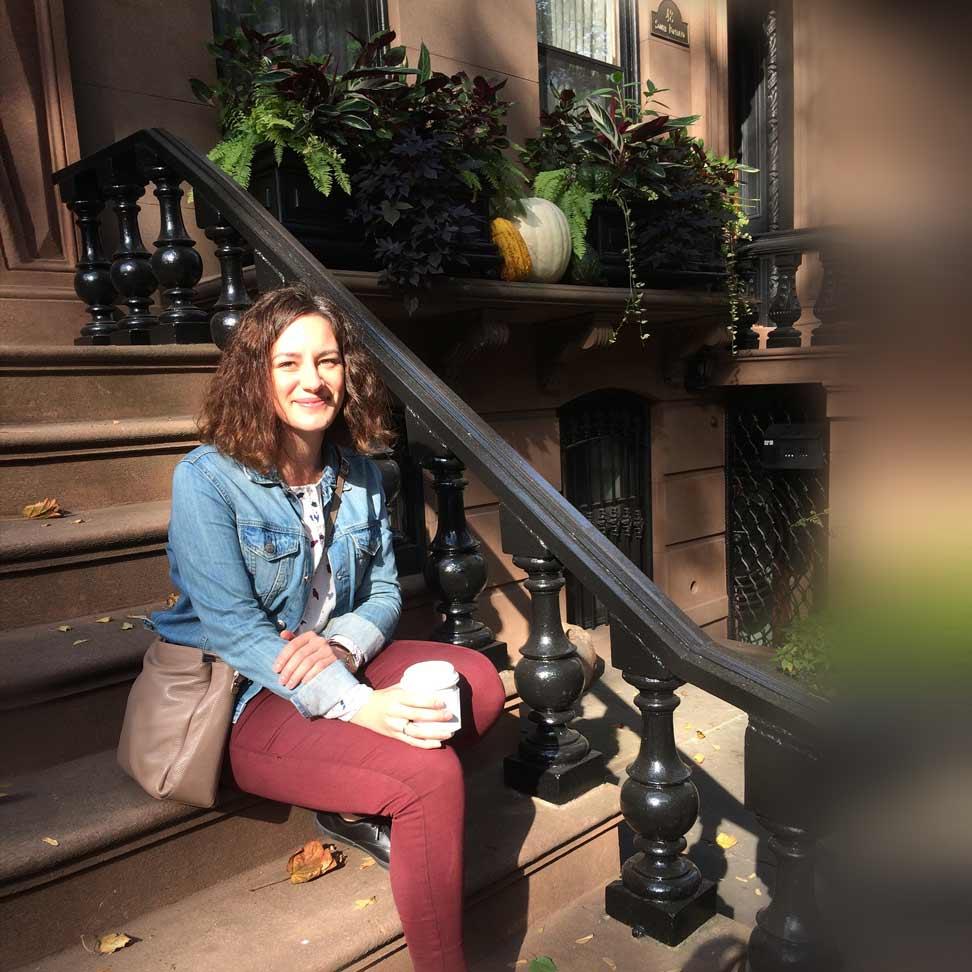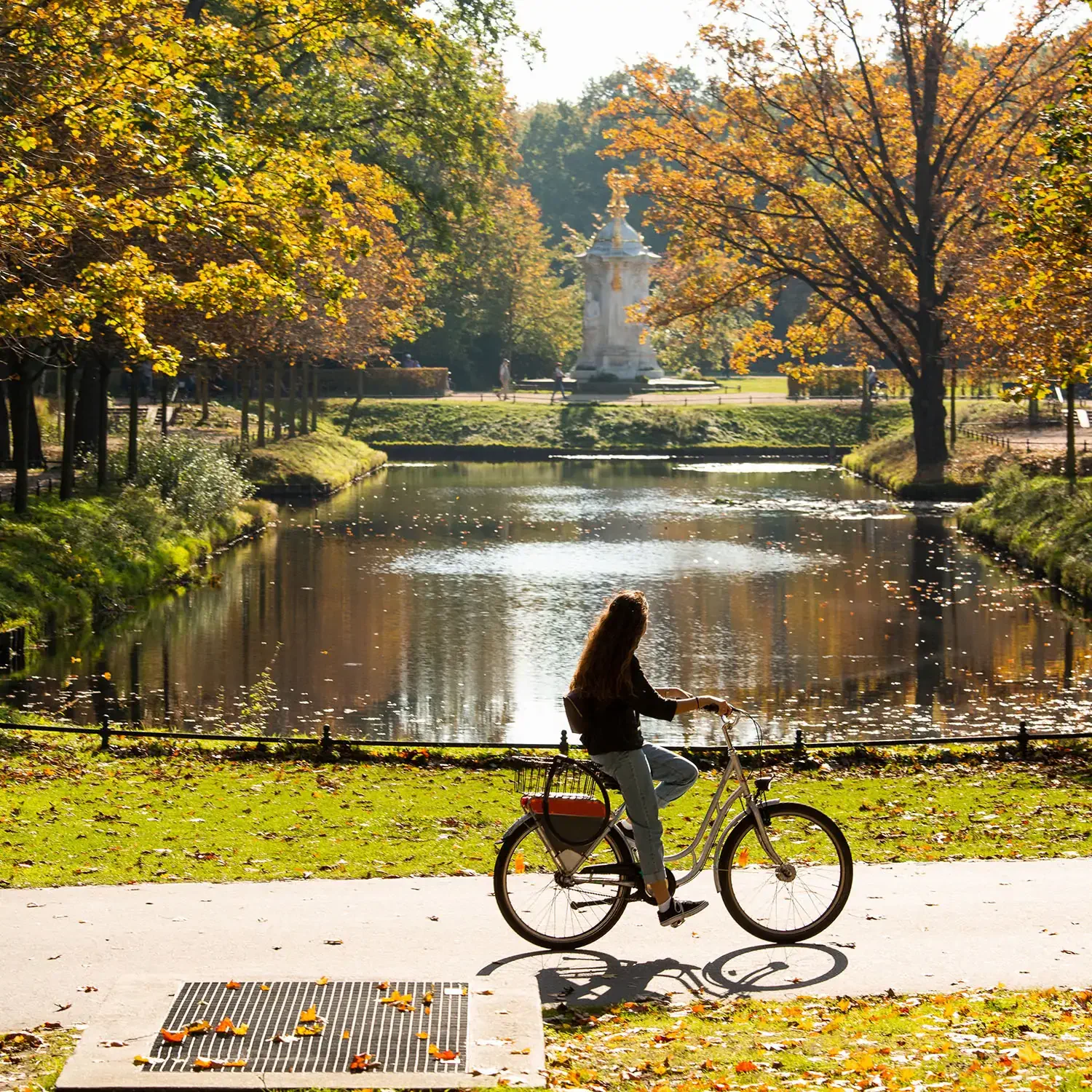Although Berlin may be one of the cheapest capitals in Europe, days spent museum hopping and painting the town red can devour your Euros while fooling you with its ‘poor but sexy’ attitude.
So, save the cash for after-hours drinks and check out our ultimate list of what to do in Berlin for free.
Enjoy a free concert
Go for a free concert at the pentagon-shaped concert hall of the Berlin Philharmonic Orchestra
Located in the city’s Kulturforum area, the architecture of the Berlin Philharmonic Orchestra is something in itself to behold.
Designed by Hans Scharoun in the early 1960s, the building’s spatial style and pentagonal structure is now home to an orchestra consistently ranked as one of the best in the world. While it’s sometimes possible to snag a standing ticket for €7, ticket prices are generally pretty steep. Unless you go on Tuesdays at 1pm, when the Philharmonic opens its doors for 40-50 minutes, offering Lunchtime Concerts totally free of charge.
If jazz is more your bag, Berlin has a special something for you too. Every Wednesday legendary jazz bar B Flat throws their Jam Night, where local musicians get together and jam onstage. It’s an evening of buzzing atmosphere and excellent music, but be sure to get down early as these nights are often the busiest.
Take an Alternative Tour
Kunstraum Kreuzberg/Bethanien, an exhibition space for contemporary art, is a possible stop on an alternative tour
If you’re short on time, taking a guided tour around the city’s most notable tourist attractions can be the best way of ticking those ‘must sees’ off your list. Unfortunately many tour companies charge an arm and a leg for the privilege – but not all of them.
While Alternative Berlin Tours don’t whip you to the top of the Reichstag – something you can do for free anyway – they do give you a fast track to the soul of the city. From urban farms to mural art and daytime raves, each tour lasts 3 hours and kicks off at various intervals throughout the day.
No reservations needed, and totally tip based, they only ask for a respectful approach.
Discover the ‘ghosts’ at the Wall Memorial
The Berlin Wall Memorial is a window of remembrance into a time of German division
During the Berlin division era, stations that traversed the border became obsolete and thus dead ends. However, three lines traveled from West Berlin through short stretches of East Berlin territory. The trains never stopped at these stations that became known as ‘Geisterbahnhöfe’ – ghost stations.
Nordbahnhof was once one of these ‘ghost stations’ and now plays host to a photography exhibition dedicated to commemorating the deserted stations. Touching on interesting tales of both above and below ground border security and plans of escape, the exhibit viewing takes around 30 minutes.
Once you’ve taken in as much underground content as you can, take the Bernauer Strasse exit and stroll eastwards towards the Wall Memorial. Here you’ll find a wealth of information and reconstructions that include border strips, a watchtower and the Chapel of Reconciliation that sits on the site of an old church blown up by GDR authorities.
Discover art galleries
me Collectors Room Berlin is one of the many galleries on Auguststraße
Right in the heart of Berlin’s old Jewish Quarter, Auguststraße may not be as “off the beaten track” as some backstreet in Neukölln, but it does boast a wealth of galleries. Along the cobbled streets you’re as likely to spot looped video-performances as you are splattered Pollock-esque canvases.
However, if you do have your heart set on visiting some of Berlin’s bigger galleries, plan your trip around their ‘Special Days‘, when entrance to exhibitions at places like Academy of Arts, Bröhan Museum and the Deutsche Bank KunstHalle is completely free of charge.
Visit the SS and Gestapo former headquarter
Learn more about Nazi-occupied Germany at Topography of Terror
Travelers with children beware, the stretch of original wall left standing outside the Topography of Terror Documentation Center is but a precursor to the horrors documented within this free permanent exhibition.
As the name suggests, this is not one for the faint-hearted. Situated where the former SS and Gestapo headquarters once stood, via an engaging and educational mixture of photographs, video and documents, visitors are guided through the Nazi takeover and their relentless persecution of Jews.
Explore the city’s abandoned past
Abandoned, but with a great view: explore Teufelsberg
Nothing compares to the thrill of uncovering a forgotten spot steeped in history. While they may not all be free to venture inside, more often than not you can get a glimpse of the abandoned past from a priceless (but free) spot.
Made famous by the 2011 movie Hanna, the abandoned fairground Spreepark dates back to 1969. Though it was once possible to go on guided tours through the park, nowadays it’s completely closed for visitors. But the promenade around the park is very nice and allows a sneak peek at the abandoned constructions such as the old Ferris wheel.
Then there’s Teufelsberg – Devil’s Mountain – a man-made hill rising 262.4ft above ground that used to contain a former Nazi military-technical college. In the 1950s the Americans ran a listening post from here and today you can can still see the remains of the installation with five large radar domes.
There are almost too many places to pique your interest, luckily this guy explores and reviews them for you.
Visit Potsdam’s palaces and walk the lakes
The terraced garden of the Sanssouci Palace
Want to escape the city for a day? Head out to Potsdam, Berlin’s bordering city and only an hour away by train.
Once home to Prussian kings and the German Kaiser, at Potsdam’s biggest attraction, Sanssouci Park, you’ll discover stunning palaces peeking out from the greenery.
Besides these impressive buildings, Potsdam marks the start and end point for The 66 Lakes Trail, a 248.5mi route that links together every lake in Berlin’s surrounding area. Taking you through picture-perfect villages, dense woodland, grassy banks, swampy heaths and bubbling brooks, each section of the trail takes about 6-7 hours.
Get a feast for your eyes at Thai Park
Sit down and admire the gastronomic mastery of the Thai ladies in Preussenpark © langkawi
While walking around food markets on a very tight budget can be torturous, the experience of Thai Park makes the journey worthwhile, with or without having a few cents to spare.
This spectacular event happens every Sunday (and sometimes Saturday) throughout the summer at Preussenpark. Here you’ll find a large number of Thai women sitting under brightly colored umbrellas smashing peanuts, dicing chili and grating papaya – it’s truly amazing to watch.
More of a sit down affair, everyone tends to bring blankets and just relax, soaking up the atmosphere for a whole afternoon.
Engage in a ping pong match
Take a spontaneous ping pong match at one of the many tables around the city
Though Berlin is known for its graffiti, late night shops known as Spätis, and currywurst, you may not be aware of another of the city’s symbols – the ping pong table. They’re everywhere!
In most open spaces, whether it’s a park or a spare bit of pavement, you’ll find one, which makes sense when you find out there are at least 1,000 tables dotted around the city.
A great spot for socialising, drinking and embarking in open combat, they’re so popular that there’s a whole website dedicated to helping you locate the perfect place.



